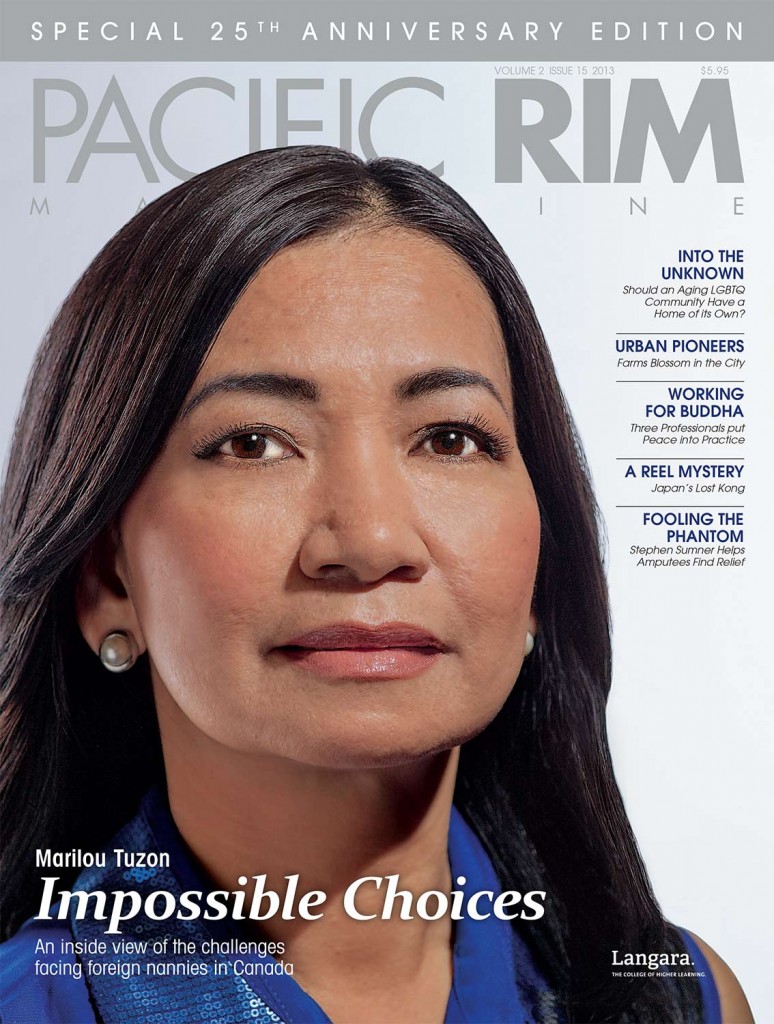Last summer 2012, Foreign Affairs and International Trade Canada set a goal for Canadian institutions: double international student enrolment, currently at more than 239,000 students, within the next ten years. The report sparked negative reactions. “[The Canadian] government is more pro-foreigners than the people who voted them in,” says one Globe and Mail reader in response to an article about foreign student recruitment. “Foreign students should only be sitting in the chairs left over after all our people are accommodated,” says another.
Does Canada Need International Students?
The belief that international students are displacing Canadian students is one of the misconceptions that international recruiters are attempting to quash. Ajay Patel, Director of International Education at Langara College, explains that international students actually enhance opportunities for domestic students.
“Government funding is being held relatively flat in the post-secondary sector,” he says. “We’re able to use some of the resources we get from international students to better our programs overall. It’s not done at the risk of displacing domestic students, and in fact, in some cases, domestic students probably have a seat because we have that international student population to contribute.”
The challenges of B.C.’s emerging labour market showcase another important benefit of increased international enrolment. The combination of aging baby-boomers’ retirement and fewer numbers of British Columbians entering the labour force because of declining birth rates results in an impending shortage of skilled workers. By increasing the number of international students who decide to stay permanently after studying here, Canada hopes to significantly ease the skilled worker shortage.
How Does Canada Attract International Students?
The number of international students worldwide exceeds 3.3 million. By 2025, that number is expected to grow to 7.2 million. As global competition for the same pool of young talent grows, attracting students becomes increasingly important. Canada must keep up with tough competition from the United States, Australia, New Zealand, and the United Kingdom.
Most international students choose their destination country primarily based on reputation. Canada has a reputation for excellence and quality across the entire education sector. Also, compared to U.S. and U.K. competitors, tuition fees are generally more affordable.
“Other countries look at those broad parameters all the time, trying to measure what students prefer when choosing a country,” says Karen McKellin, director of the International Student Initiative at the University of British Columbia. “Canada is perceived to be a safe and stable country in which to study. Students know they are going to get good value for the dollar that they spend in Canada.”
Canada’s multiculturalism is another big draw. “Canada has such a good reputation on the international stage,” says Ajay Patel. “There’s kind of that whole Canadian patriotism, where we welcome with open arms because we are a country built on immigrants. Our competitive advantage is going to be primarily around that whole multicultural piece.”
The report from Foreign Affairs and International Trade Canada stresses that all Canadians, not just those involved in the industry, should embrace the benefits of international education. Likewise, B.C.’s International Education Strategy invites all British Columbians to share their ideas about how to maximize the benefits of international education for our communities. All of this is a reminder that, when it comes to hosting other nations, the interests of Canadians are always at the forefront.










